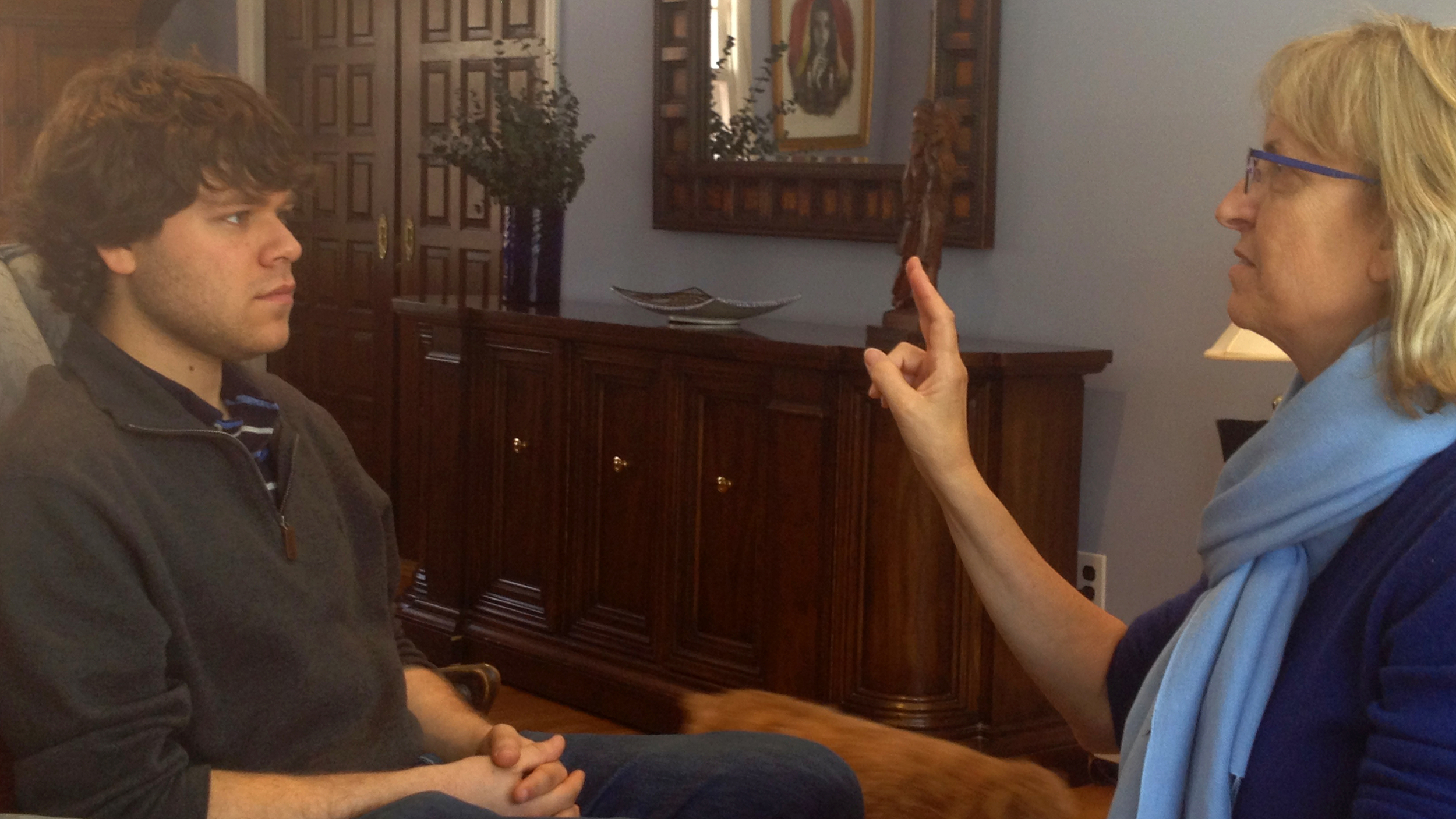Techniques
Dr. Alter-Reid utilizes a variety of techniques to help her patients. These adjunctive techniques are always used in the context of solid, psychodynamic and relational psychotherapy (i.e. talk therapy). In collaboration with her patients, the following techniques are used to promote personal growth.
EMDR
Eye Movement Desensitization and Reprocessing is an integrative, well-researched psychotherapy treatment which is based on Dr. Francine Shapiro’s Adaptive Information Processing (AIP) model.
Under conditions of high stress, difficult life experiences sometimes get ‘jammed up.' When these memories get ‘stuck,' the components of these experiences (e.g. images, thoughts, sounds, emotions) do not travel through the typical hard-wired memory processing system. These memories can be held in “maladaptive memory storage,” essentially creating conditions for post-traumatic stress. Triggering of these memories can lead to either heightened reactivity (e.g., overreacting to a now-normal sound that is similar to that from traumatic event) or avoidance/numbing (e.g., feeling in a daze, isolating oneself).
EMDR treatment often provides rapid relief, as it “unsticks” the brain’s hard-wiring, opening the pathways for normal movement and integration of these memories to appropriate memory storage. EMDR is used for a variety of treatment issues including acute and chronic traumas, phobias, anxiety, depression, emotional dysregulation, dissociative disorders, and sexual/physical abuse and neglect histories. EMDR has been found effective by the American Psychiatric Association, The International Society for Traumatic Stress Studies, the Department of Defense, the World Health Organization, and the Israeli National Council for Mental Health. For more information, go to www.emdr.com or www.emdria.org.
Mindfulness and Yoga
Dr. Alter-Reid is a strong proponent of practicing mindfulness meditation, based upon Jon Kabat-Zinn’s work on Mindfulness Based Stress Reduction. She also advocates that her clients practice some form of yoga. Both mindfulness and yoga are well-researched practices for development of mental clarity, relaxation, integrative capacity, and emotional regulation. She teaches mindfulness and chair yoga to her patients, and refers out for further enhancement of these practices.
Biofeedback and EM Waves
emWaves is a portable, non-invasive biofeedback technique based upon research on the relationship between the heart, brain, stress and emotions. The stress relief technology shows you how your body is responding to the subtle changes in your heart rhythms and provides auditory and visual feedback to help individuals achieve heart coherence. Using emWaves allows for reduction in stress and anxiety; an increase in vitality; enhancement of mental clarity; improvement of sleep; and increased creativity. For more information, go to www.emwave.com or www.HeartMath.com.
Clinical Hypnotherapy and Imagery
Hypnosis is often a useful adjunct to psychotherapy to facilitate self-esteem and reduce habit-forming behaviors such as cigarette smoking, nail biting, and overeating. Imagery is a powerful method used for enhanced relaxation and future goal orientation.
EEG NEUROFEEDBACK
Neurofeedback (EEG biofeedback) is employed to modify the electrical activity of the CNS including EEG, event related potentials, slow cortical potentials and other electrical activity either of subcortical or cortical origin. Neurofeedback is a specialized application of biofeedback of brainwave data in an operant conditioning paradigm. The method is used to treat clinical conditions as well as to enhance performance.
